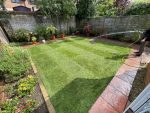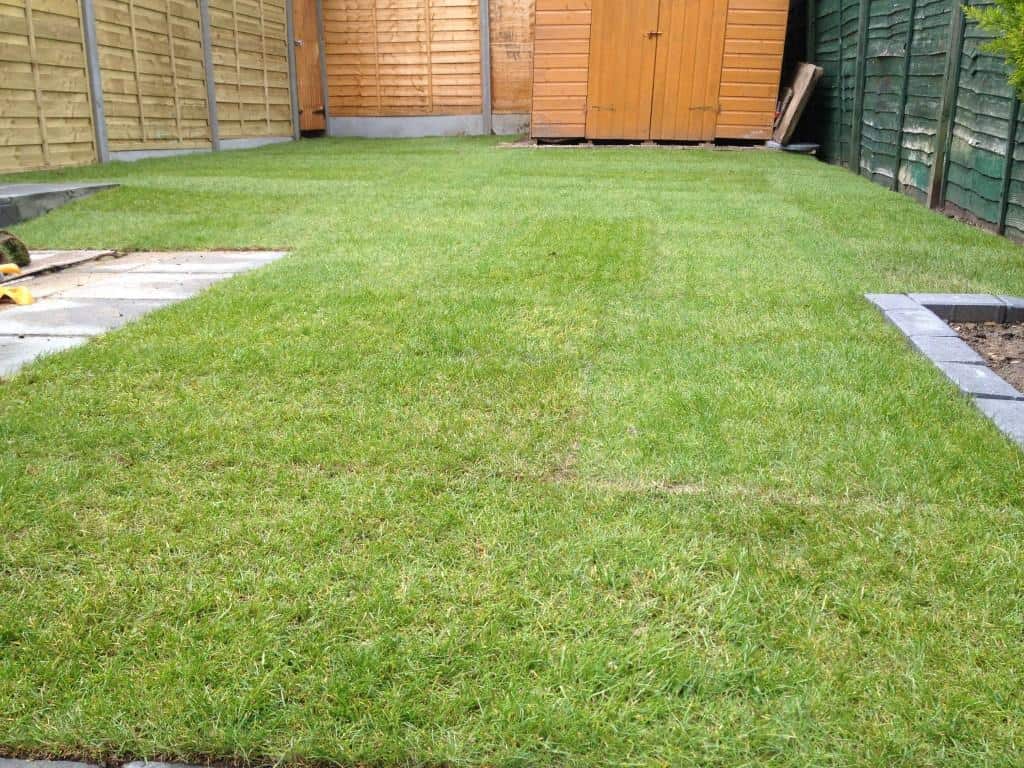
Apr 22, 2014 | News
Turfing service. A helping hand for my friend who had his back garden / patio revamped by builders but at the same time lawn totally devastated by the very same people.
Area rotovated, compost added and new turf laid.
Few photos from the day.
And another one few days later
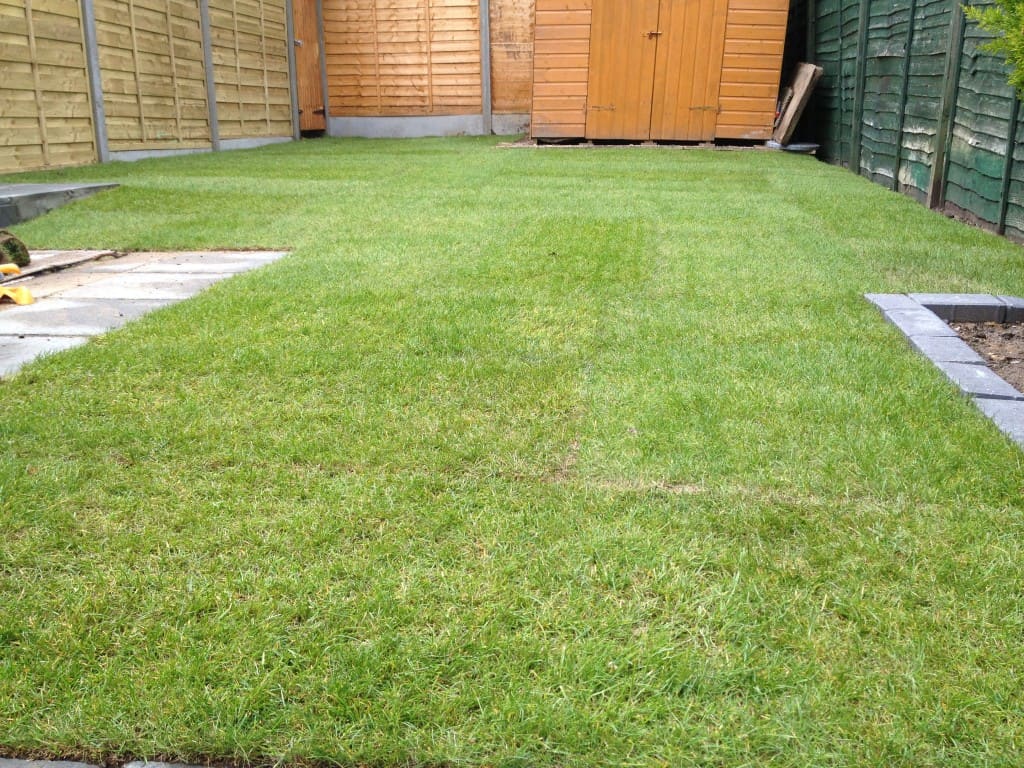
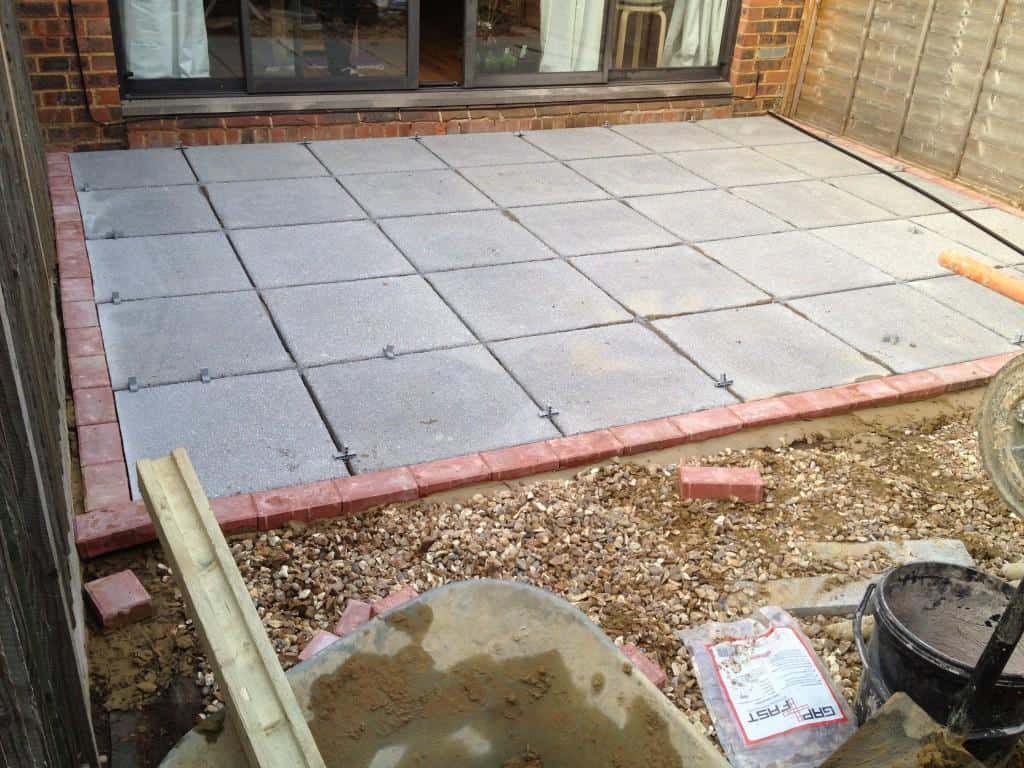
Apr 12, 2014 | Landscaping
Garden makeover under way including new patio construction!
What was there before:
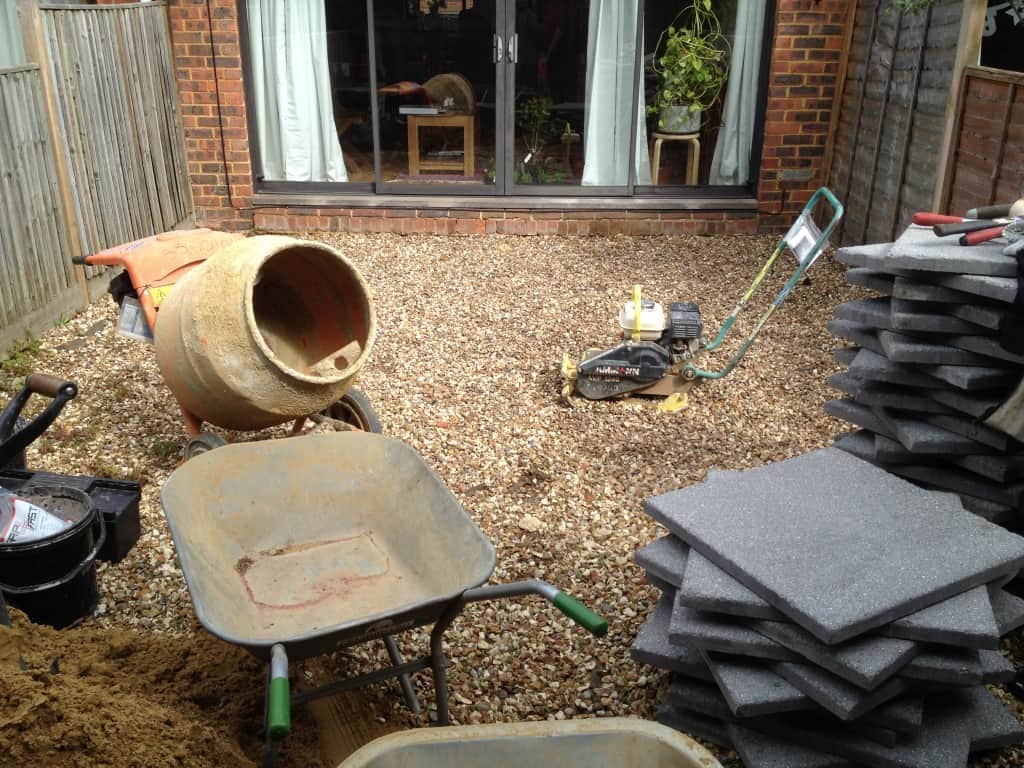
What was the idea ?

That idea has seen a slight change – no line of shingles. Just patio / lawn / and a flower bed.
Patio construction service under way !
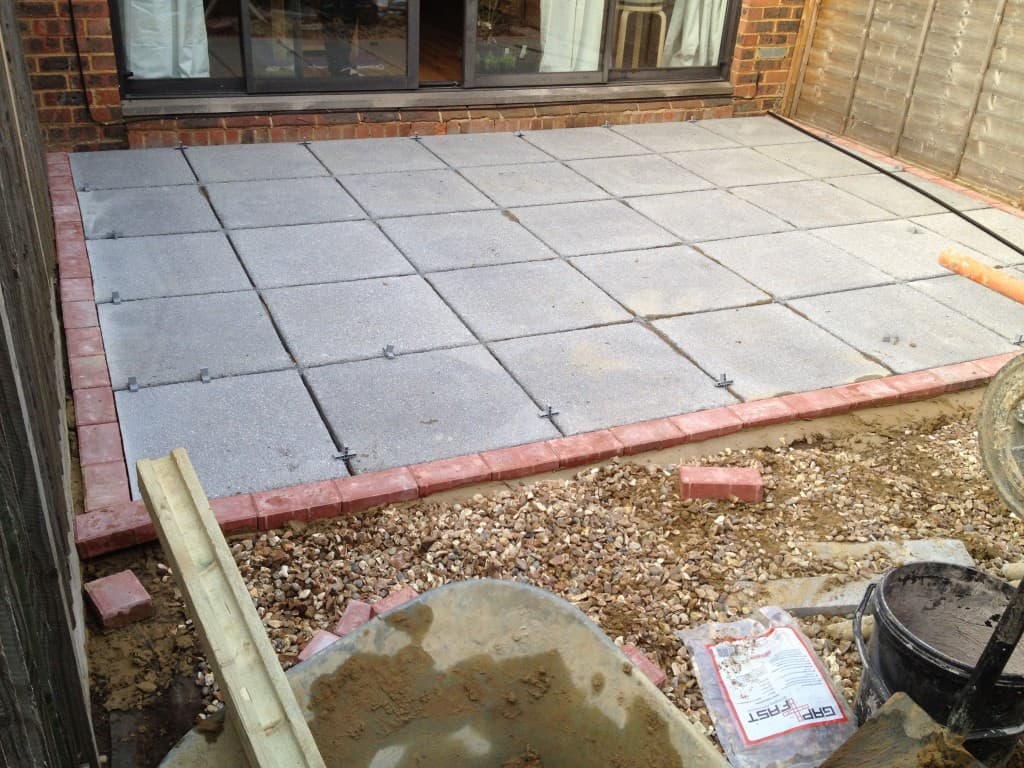
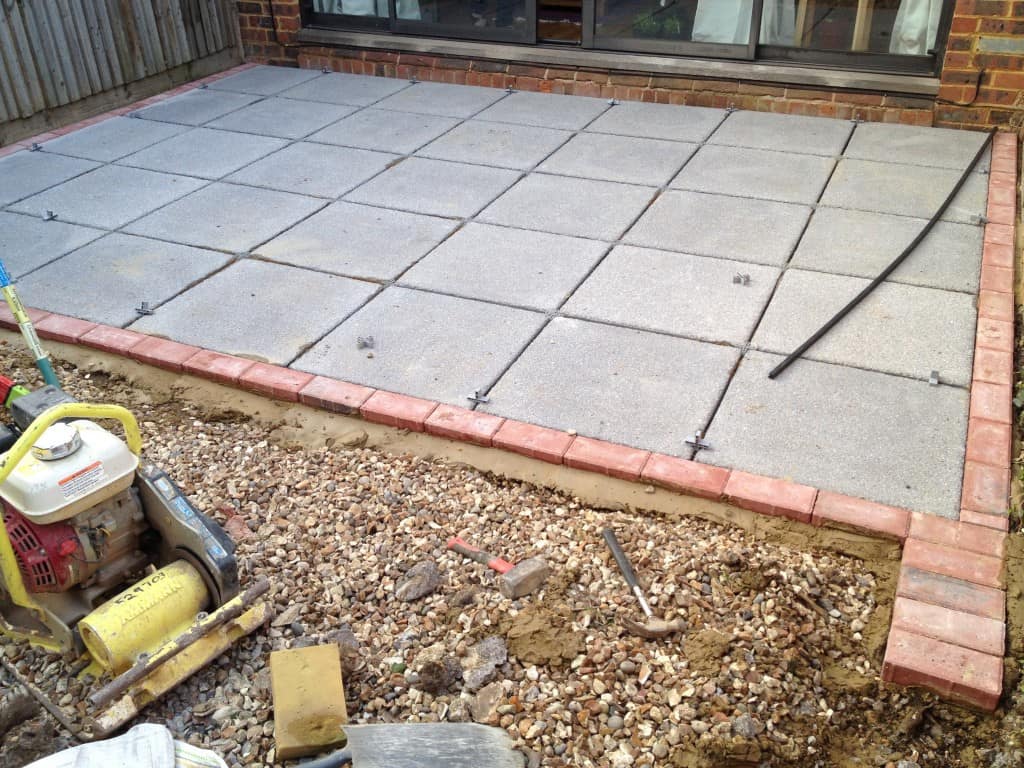
Final result
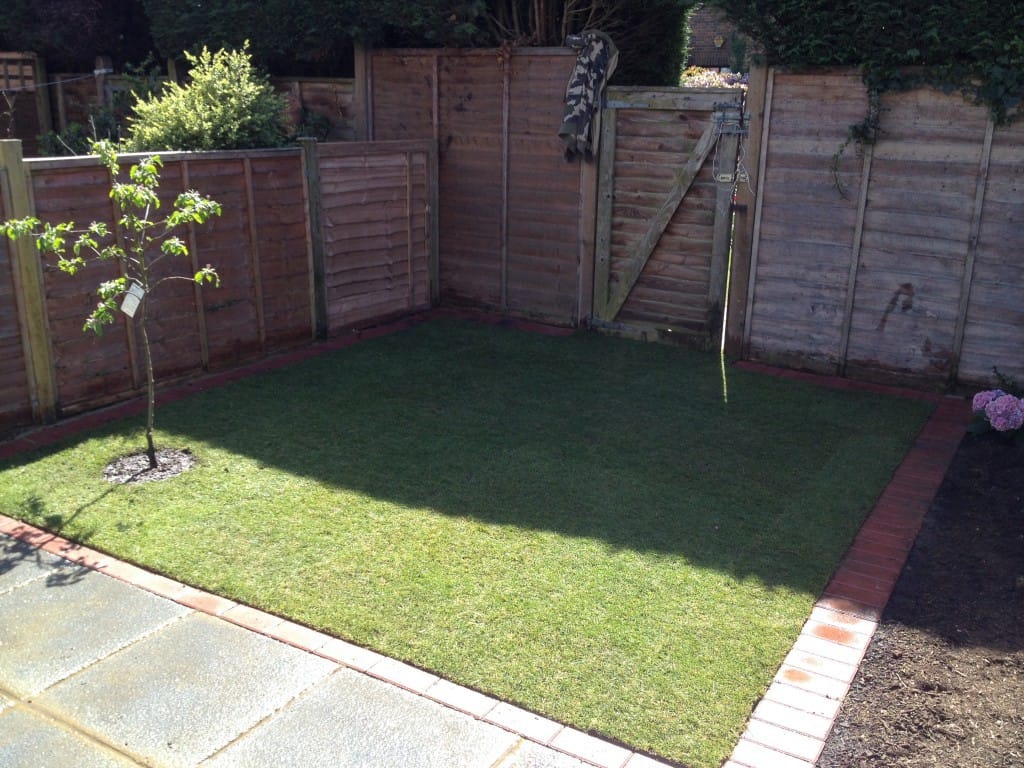
Would you like us to design / construct a patio area ?
Patio | Pathway design and construction service
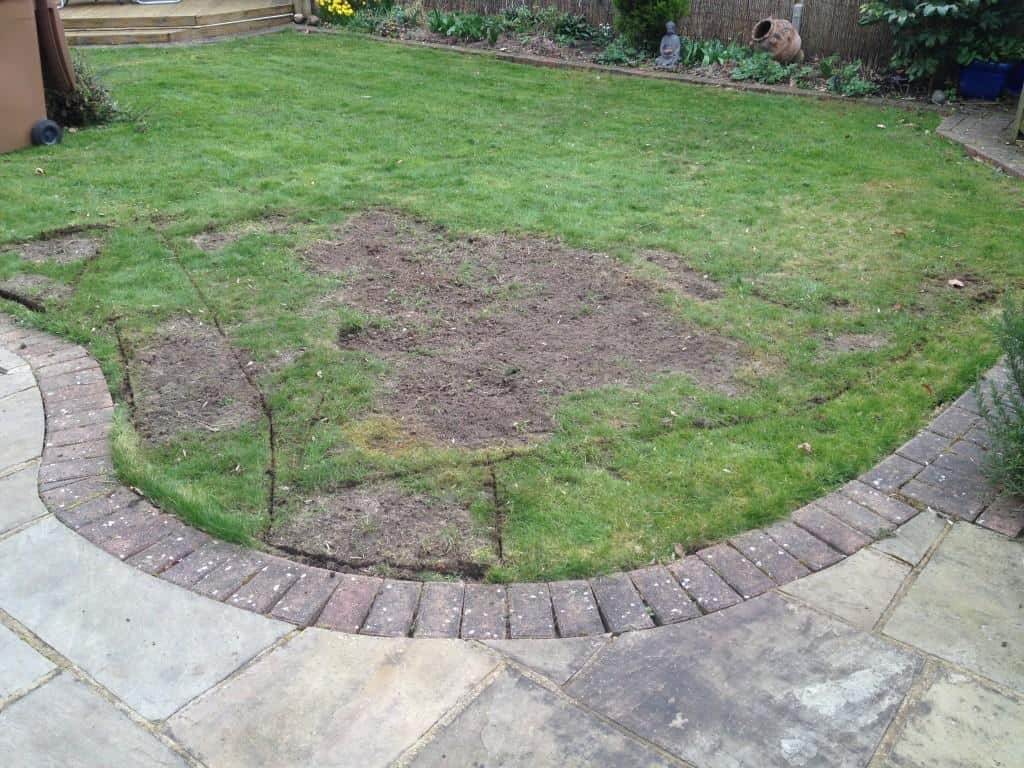
Mar 12, 2014 | News
Bare patches on your lawn? Lawn patch up using rolled turf is the quickest remedy
Whether some parts of your lawn have been affected by a disease or taken over by stubborn weeds or it’s a result of a mistreatment like for example spraying your lawn with a general herbicide ( i.e. roundup ) instead of a selective one ( i.e. feed & weed ).
Your lawn can be repaired quickly by laying new turf from a roll.
How to do it ?
1. Remove existing turf. About top 5cm.
2. Rake or best rotovate lightly.
3. Add top soil so that new turf is level with the rest of your lawn.
4. Lay new turf
5. Water straight after and keep watering daily for another 2 weeks.
Lawn repair services
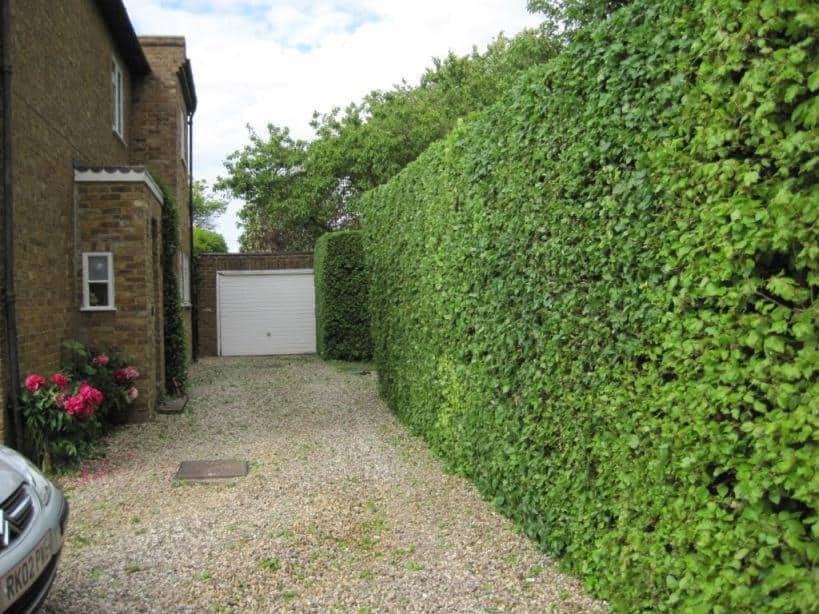
Feb 20, 2014 | News
When it comes to hedge maintenance, regular hedge cutting / trimming is the single most important thing to do. Regular hedge trim will make your hedge compact and thick right from the bottom.
Why plant a hedge?
Hedge can be a perfect garden boundary, but the wrong one may give you troubles.
- hedges provide shelter.
- They dumpen noises, reduce strong winds
- The obvious they give you privacy.
- security but not all hedges. Thorny, prickly varieties like for example:
Common holly
Firethorn
Blackthorn
Barberry
Buckthorn
- some hedging plants like photinia give you a beautiful seasonal change.
- hedge supports wildlife. Birds love nesting in them as well as eating some berries.
- unlike wooden fences, hedges won’t need replacing for many many years and they don’t require anything more than regular hedge cutting.
I can’t stress that too much.
Hedges need your commitment to regular hedge cutting / trimming.
All types of hedging need at least one hedge cut a year. Some varieties more than one.
A regular light prune is much better for you and your hedge then an occasional heavy cut.
Power tools do a quick job if done regularly. High and overgrown hedges often need costly specialist equipment or professional help
to get them back into shape.
You can avoid a lot of problems in future if you choose the right hedging plants for your boundary.
Hedge planting – the right choice.
The many benefits of growing hedges on your boundary depend on selecting the right plants for the situation. If you choose an unsuitable variety you could be faced with a range of problems, especially if the hedge grows too big. It will be difficult to trim and may cut out light to your garden or house.
- Its roots could deprive other plants of water and nutrients, and even interfere with paths and buildings.
- Oversize hedges will intrude on your garden space, and may cause problems with neighbours.
- Oversize hedges can be costly and time consuming to cut back and most conifers, including Leyland and Lawson’s cypress, will not tolerate hard pruning.
- If the hedge borders a road or path the local authority could get involved, and insist the hedge is cut back.
Luckily there is a wide range of plants available so it’s not difficult to achieve an attractive healthy hedge – one which will take only as much upkeep as you can manage, and create an attractive feature in your neighbourhood, not a bone of contention.
|
Growth rate |
hedge cutting – how often |
Size if unpruned |
Foliage |
Prickly? |
| Beech |
xxx |
Once |
Large tree |
D/LL |
No |
| Berberis |
xx |
Once |
Large shrub |
E |
Yes |
| Cherry laurel |
xx |
Once |
Large shrub |
E |
No |
| Cotoneaster |
xx |
Once |
Large shrub |
E |
No |
| Escallonia |
xx |
Twice |
Large shrub |
E |
No |
| Firethorn |
xx |
Twice |
Large shrub |
E |
Yes |
| Hawthorn |
xxx |
Twice |
Small tree |
D |
Yes |
| Hazel |
xxx |
Once |
Small tree |
D |
No |
| Holly |
x |
Once |
Small tree |
E |
Yes |
| Hornbeam |
xx |
Once |
Large tree |
D/LL |
No |
| Lawsons cypress |
xx |
Twice |
Large tree |
E Conifer |
No |
| Leyland cypress |
xxx |
Twice |
Large tree |
E Conifer |
No |
| Portugal laurel |
x |
Once |
Large shrub |
E |
No |
| Privet |
xx |
Three |
Large shrub |
E |
No |
| Rose |
xx |
Once |
Large shrub |
D |
Yes |
| Western red cedar |
xx |
Twice |
Large tree |
E Conifer |
No |
| Yew |
x |
Once |
Large tree |
E Conifer |
No |
Key:
Growth rate, for established plants
xxx – over 60cm/year
xx – 30-60cm/year
x – 15-30cm/year
Foliage:
D – deciduous
LL – dead leaves held in winter
E – evergreen
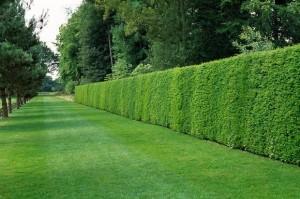
My favourite hedging plant has to be YEW ( taxus )
Classic choice but everlasting and makes an excellent hedge. Doesnt need that much hedge cutting either.
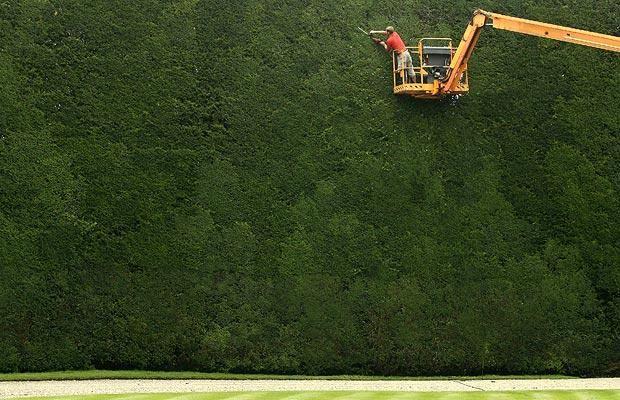
Tidy Gardens can trim/prune most of hedges, but if you are that lucky and have spectacular yew like on a picture above then DON’T call us. Call for a crane ! 🙂
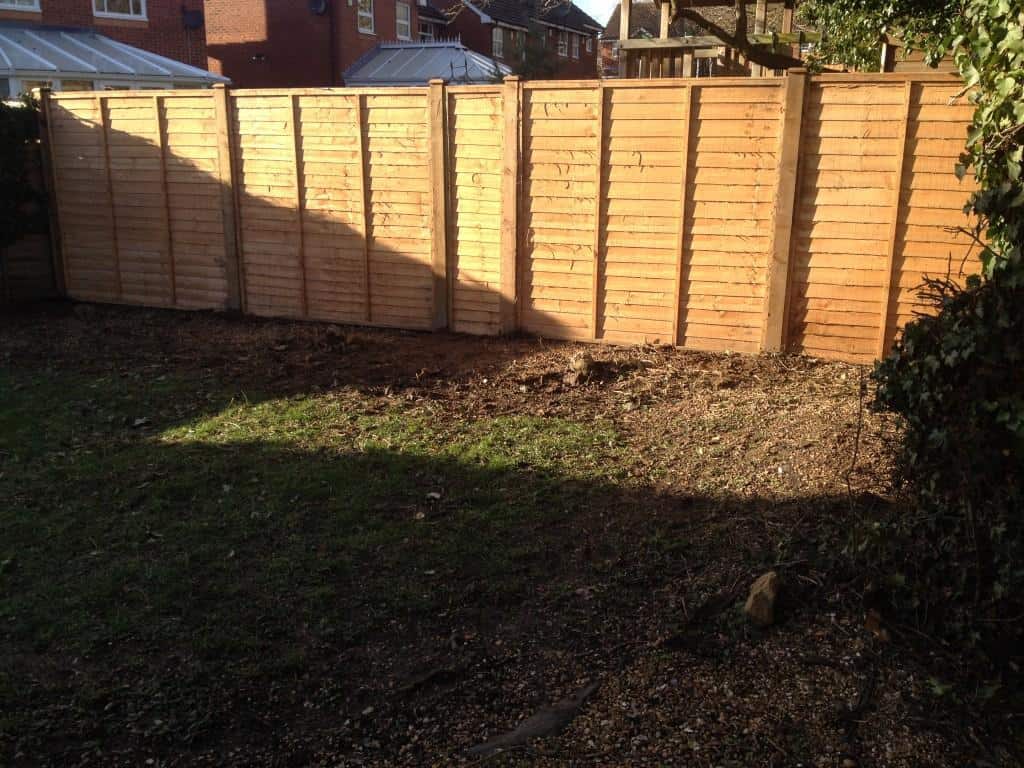
Feb 7, 2014 | News
Replacement of a collapsed fence.
New wooden fence supplied by the customer.
4″ wooden fence posts
6′ overlap fence panels
fence post caps
One bit of advice..
Just bare in mind that if you are going to replace a broken fence you will most likely be putting in new fence posts where the previous ones were. That means you will have to break up concrete in which your last posts were sitting in.
It would be a very difficult job without a jack hammer so make sure you have got one before you begin.
Happy fencing !
















